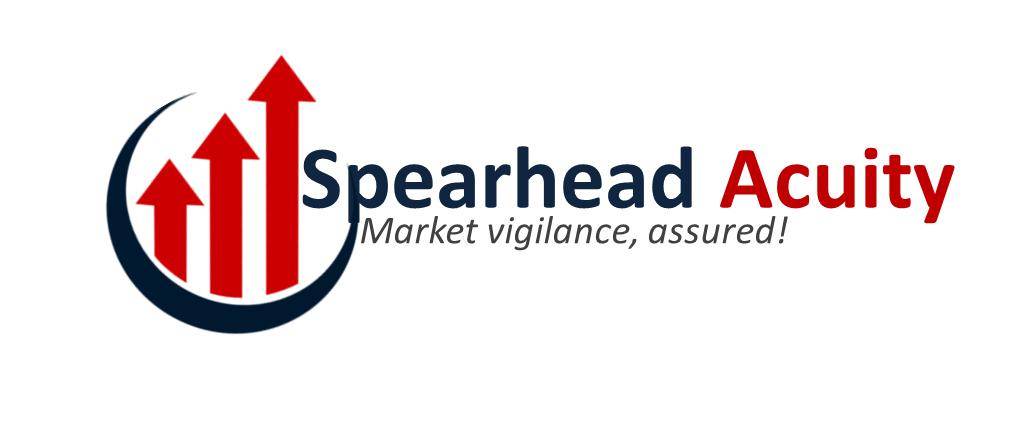


 Asia-Pacific is expected to be the most potential market with CAGR of 5.6% for 2015-2019, whereas Europe is estimated to be the slowest of the six regions and is anticipated to grow at a CAGR of 1.4% from 2015 to 2019.
Asia-Pacific is expected to be the most potential market with CAGR of 5.6% for 2015-2019, whereas Europe is estimated to be the slowest of the six regions and is anticipated to grow at a CAGR of 1.4% from 2015 to 2019. 

 Daptomycin & Linezolid are the reigning blockbuster molecules on the market with revenues of US$ 1,052.9 million and US$ 1,352.0 millions in 2014.
Daptomycin & Linezolid are the reigning blockbuster molecules on the market with revenues of US$ 1,052.9 million and US$ 1,352.0 millions in 2014.